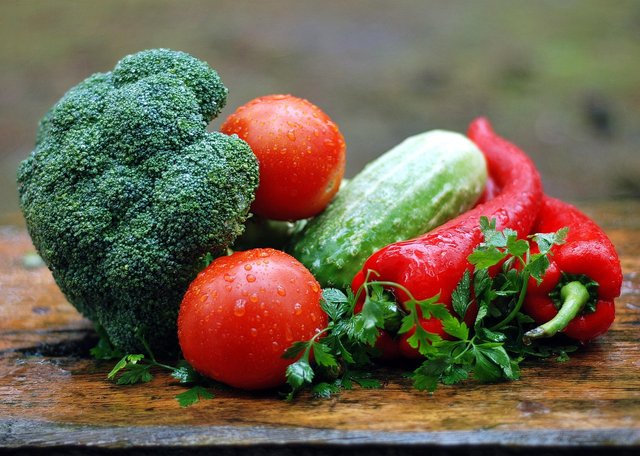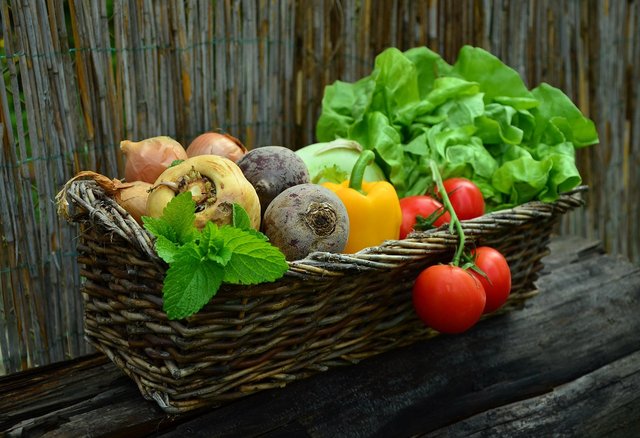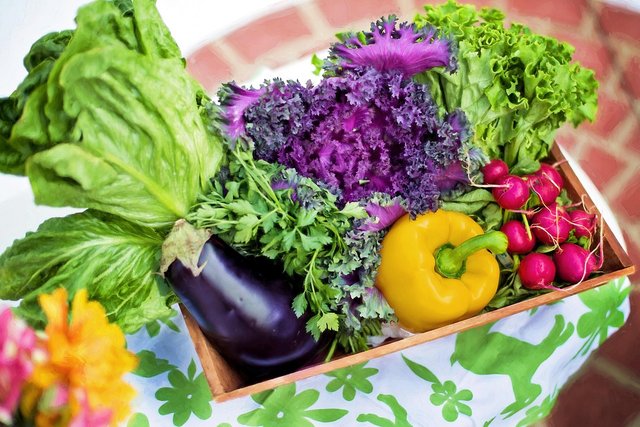Agriculture of vegetables
 In many nations,including Indonesia,
In many nations,including Indonesia,
vegetables are an important agricultural commodity. Chilies, shallots, potatoes, carrots, cabbage, and mustard greens are some of the key vegetables produced in Indonesia.
The thriving of many of Indonesia’s agricultural businesses is largely the result of the unique biogeography of the area, specifically the two large monsoon seasons in the wet and dry hemisphere.
Chili and shallot crops failures due to excessive rainfall were equally failures due to lack of rainfall. Crops like carrots and potatoes plus cabbages can thrive in any hightland region any month of the year, however, their rainfall and utmost temperature yield crops.
The timming of planting in the vegetable growing, especially those crops, determines the returns you want to receive. Fixed price seasons are the best time to harvest since crops are available in plenty.
The opposite is true for damage prices, where irregular forecasts lead to lack of crops and store prices are in a worthy position to shore. This situation is more than clear to the farmers, in addition to the consumers and the economy.
The sales and production of crops have a direct influence on a country’s raising prices policy. For example, the inflationary tendency in the economy is exacerbated when the price of essential vegetable commodities such as onions and chili increases as the food intake is a key factor in measuring inflation.
In most cases, the lack of monetary policies, such as the suspension of fertilizer subsidies, the regulation of distribution, or even the importation of subsidized vegetables, may be the cause of agricultural depression. It should be noted that vegetables are one of the most closely guarded components of the nation’s financial arms.
In parallel, the social, biological, and geographical aspects of plant cultivators are also quite fundamental. Maintaining energetic, fertile, and well-aerated soil, as well as rich in biological activity, is determinant. Each sort of vegetable is characterized by distinct soil and climate peculiarities.
Sustainable production requires that the structures be so designed as to administer the easily available water supplies, as short, wide, and deep, as well as planting patterns capable of sustaining the warm, moist, and supportive atmosphere. Soil that is too heavy in clay may cause disease and stunted growth of the soil.
I invite
@paholags
@manuelhooks
@gracewealth01


https://x.com/zulbahr1/status/1969941756025409991?t=ASvXDzskmMsSOtdtKDdY3Q&s=19
¡Saludos amigo!🤗
Es impresionante ver cómo la lluvia en exceso puede ser enemiga de la agricultura, pero si se ausenta, también hay un problema, porque esos ingredientes no crecen como se debe.
Vivir en un país que sea productor a grandes escalas de agricultura debe ser súper interesante, porque se observaría en primer plano todo su proceso de desarrollo.
Te envío un fuerte abrazo💚
La lluvia es beneficiosa para las plantas pero cuando llueve mucho los cultivos se dañan.
Igualmente sucede cuando hace mucho verano por la falta de agua las plantas no se desarrollan como es debido afectando su cosecha